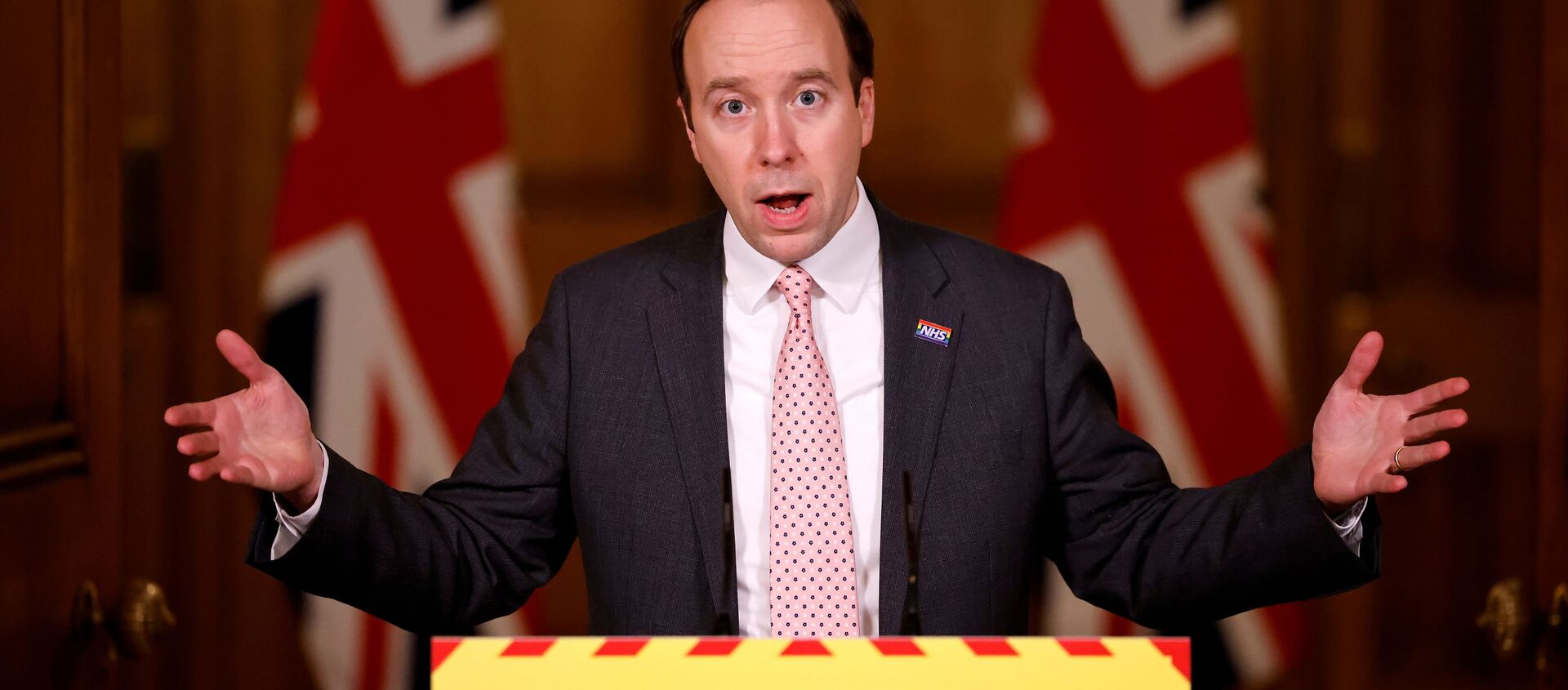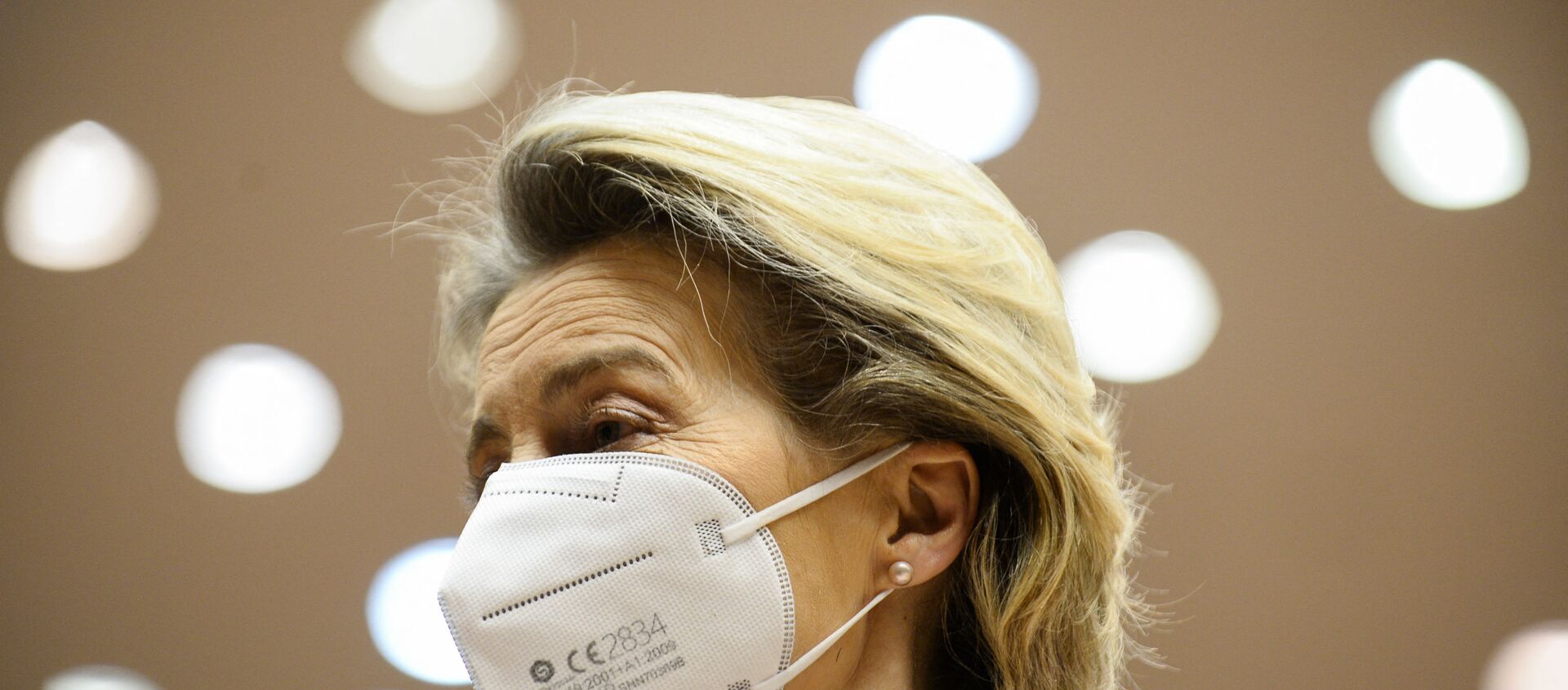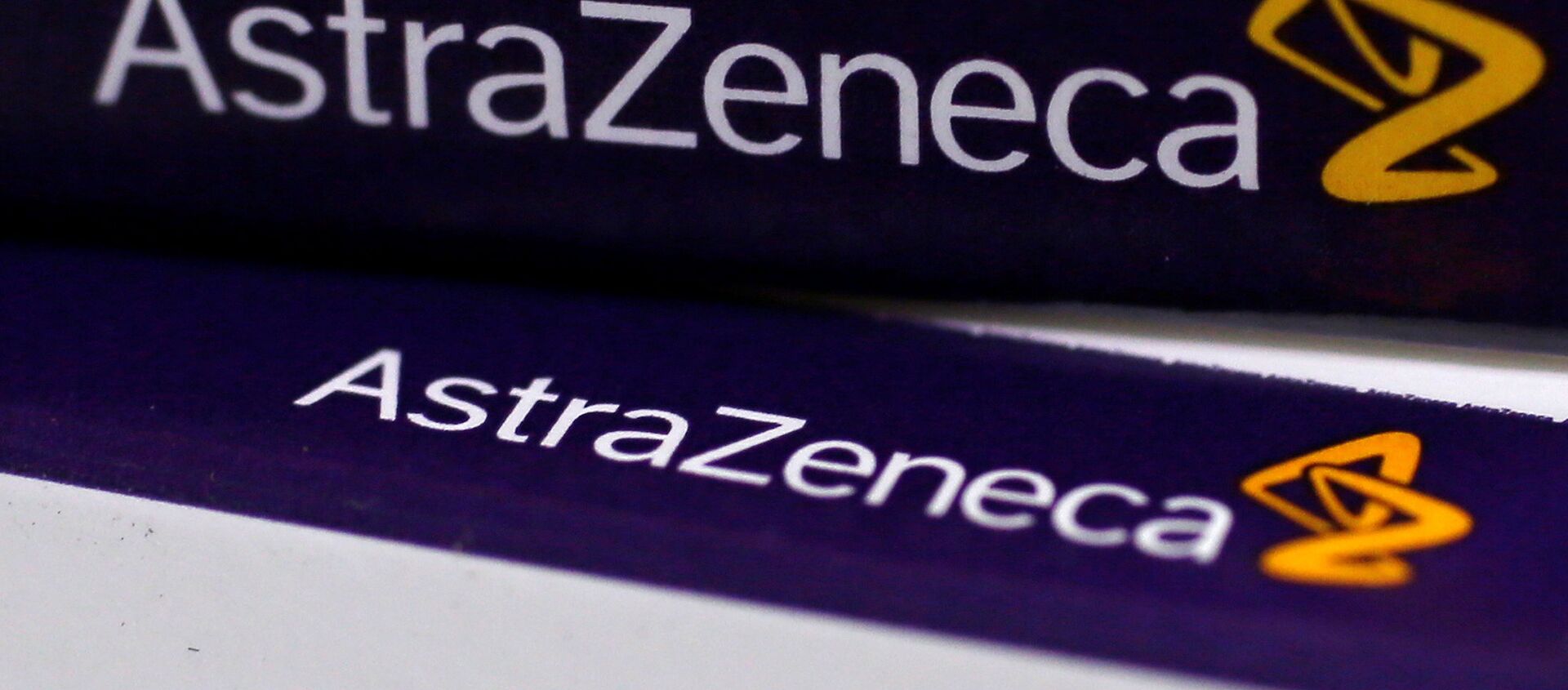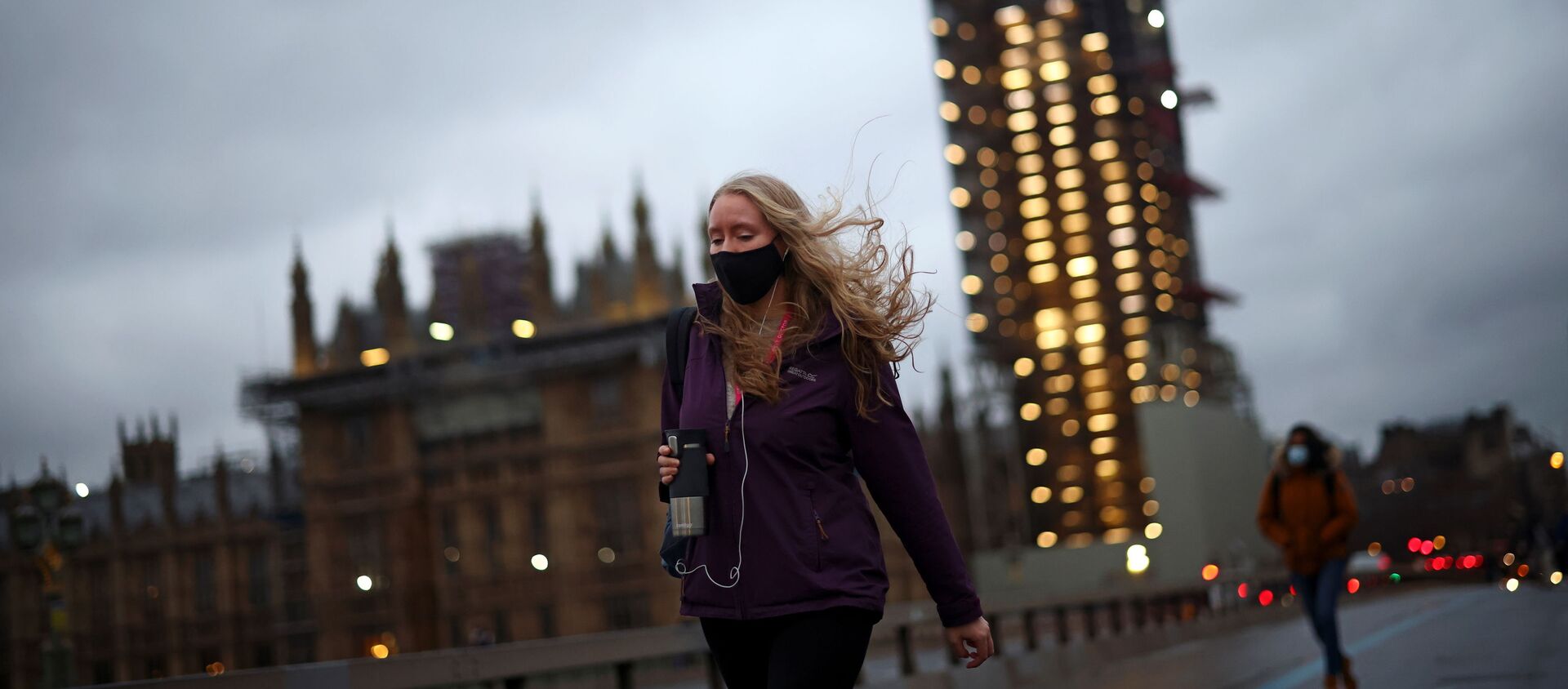WASHINGTON (Sputnik) - The coronavirus pandemic may have dealt a long-term blow to demand for office and retail space in the United States, as well as on inflation expectations, Federal Reserve Governor Lael Brainard told the Annual Washington Conference of the Institute of International Bankers on Monday.
“Commercial real estate prices are susceptible to declines if the pace of distressed transactions picks up or if the pandemic leads to permanent changes in patterns of use”, Brainard said. “Low sensitivity of inflation to resource utilization could be expected to contribute to a low-for-long interest rate environment”.
New York City’s commercial-real-estate sector put forth a proposal in December to turn some 1 million square feet of office space into housing as values of troubled retail properties sank 53 percent in 2020 from closures and inoccupancies forced by the pandemic measures, real-estate data platforms Trepp and CompStak reported.
In terms of retail sales, online spending represented 21.3 percent of total sales for last year, up from just 5.1 percent a decade ago, according to industry group Digital Commerce 360 estimates. Pandemic-related boosts in online shopping itself have resulted in an additional $174.87 billion in e-commerce revenue in 2020, Digital Commerce 360 estimated.
Brainard said the decline in demand for office space due to higher rates of remote work or for retail space due to a permanent shift toward online shopping could be among the long-term impacts of the pandemic.
To prevent further erosion, the sector would need strong capital and liquidity from banks, which themselves faced significant challenges from higher-than-normal uncertainty, she said.
“Some sectors of commercial real estate loans and commercial and industrial loans are more vulnerable than before the crisis”. Brainard said. “Although losses and delinquency rates on bank loans are currently low, performance could deteriorate as borrowers exit forbearance, with particularly hard-hit businesses and households facing arrears on rent and mortgage payments”.
In terms of inflation, Brainard said the Federal Reserve’s long-term target of achieving a 2 percent inflation rate could be complicated by changes in the economic environment associated with low equilibrium interest rates, persistently below-target trend inflation, and low sensitivity of inflation to resource utilization.
“In these kinds of environments, it is valuable to deploy macroprudential tools, such as the countercyclical capital buffer, to mitigate potential increases in financial imbalances”, Brainard added.















